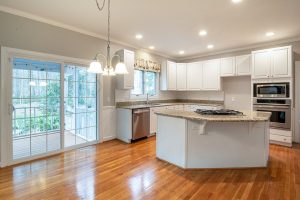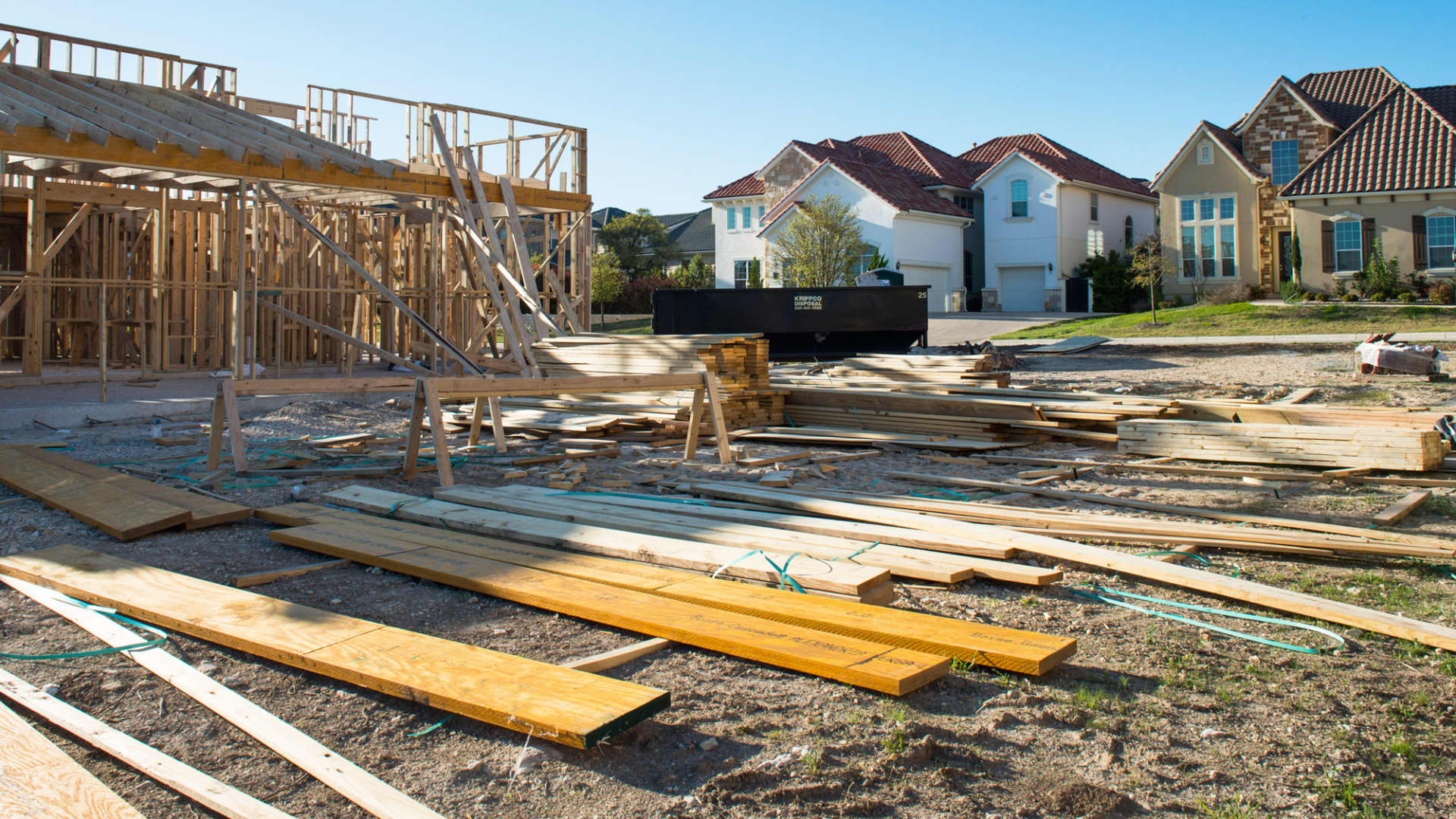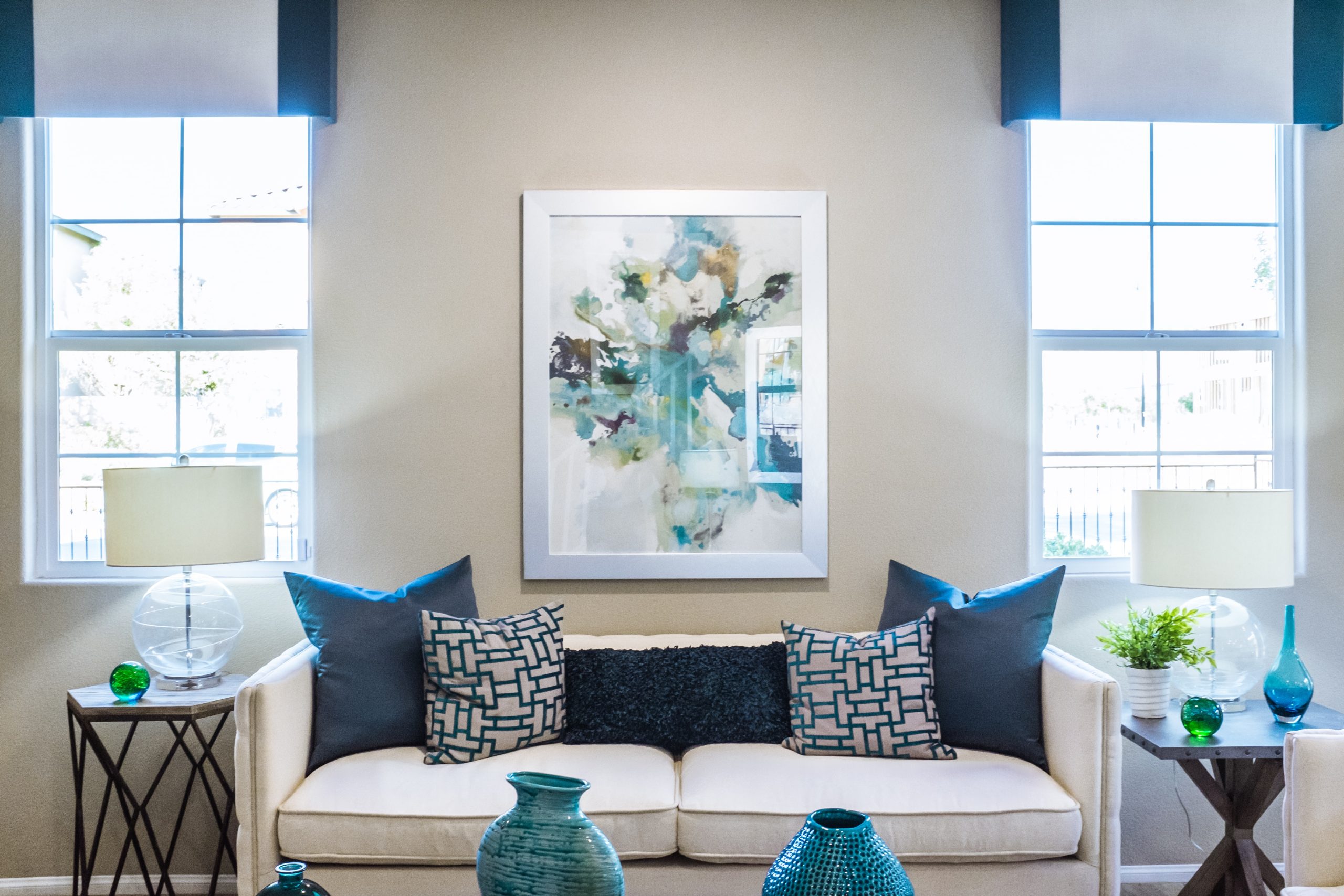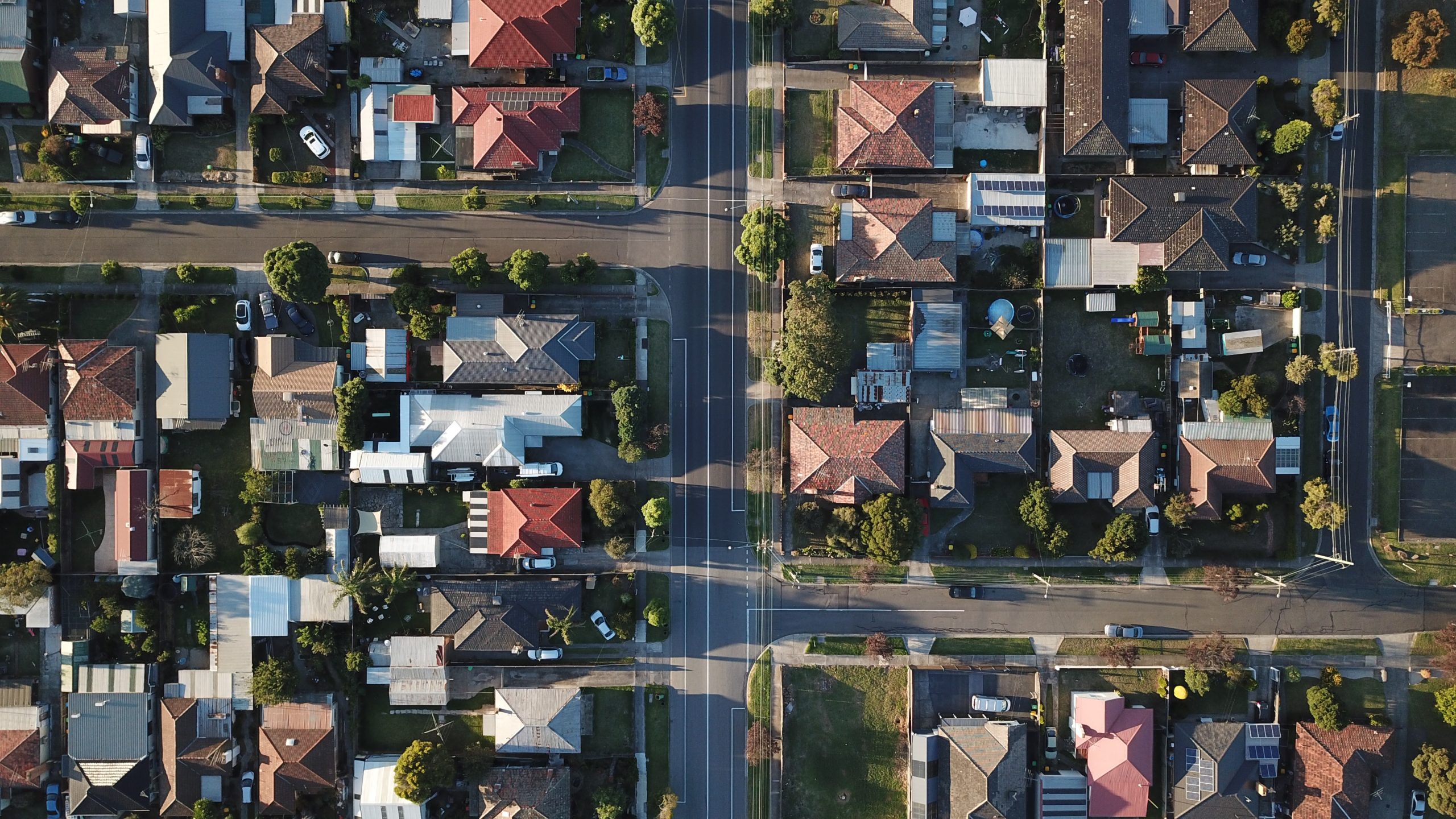Introduction
In the dynamic landscape of the housing market, the decision to build a new home or buy an existing one has grown increasingly complex. Rising construction costs have introduced a new set of challenges into this age-old dilemma. In this article, we’ll delve into the repercussions of soaring construction expenses, how they affect the feasibility of home construction, and alternative options for those seeking their dream homes.
Understanding the Challenge: Soaring Construction Expenses
To make an informed decision about home construction, it’s crucial to understand the factors contributing to the challenges in this endeavor.
Escalating Material Costs
One of the most significant factors driving the surge in construction costs is the unprecedented increase in material prices. Lumber, steel, cement, and other essential building materials have witnessed substantial price hikes. These elevated material costs significantly impact construction budgets, leading to increased expenses for builders and potential homebuyers.
Skilled Labor Shortages
Another substantial challenge is the shortage of skilled labor in the construction industry, from electricians to plumbers. The demand for skilled professionals far exceeds the available workforce, forcing builders to offer higher wages to attract and retain them. This scarcity of skilled labor adds another layer of cost to the home construction process.
Impact of High Housing Demand
The consistent high demand for housing adds to the complexity of construction costs. Builders are inundated with projects, intensifying competition for available labor and materials. This heightened demand can lead to increased prices and make it challenging to adhere to predetermined budgets.

Challenges and Implications for Homebuilders
The implications of rising construction costs extend to various facets of the housing market and significantly influence the decision-making process for prospective homebuilders.
Affordability Predicaments
The most direct impact of rising construction costs is on the affordability of homes. Builders often transfer these increased expenses to homebuyers, making the dream of homeownership less attainable for many individuals. Escalating costs can lead to budget constraints, limiting the options available to potential homebuyers.
Construction Delays
Rising construction costs can also result in project delays. Builders, facing higher expenses and limited availability of labor and materials, may need to pause or slow down construction projects. These delays can inconvenience homebuyers and extend the timeline for moving into a new home.
Impacts on the Real Estate Market
The surge in construction costs has broader implications for the real estate industry. The challenges faced by builders and the increasing costs they encounter influence the inventory of available homes, pricing, and the overall dynamics of the housing market.
Navigating the Decision: Home Construction or Alternatives
Given these challenges, the decision to undertake a home construction project requires careful consideration. Additionally, it’s essential to explore alternative options for those seeking their dream homes.
Building a Custom Home
Building a custom home offers the advantage of tailoring the house to one’s preferences and needs. However, it comes with the challenges of higher costs and potential delays associated with construction.
Purchasing an Existing Home
Purchasing an existing home provides a more immediate solution. It can often be less expensive than building a new home due to the lower costs associated with established properties. However, buyers may need to compromise on certain features and design elements.
Considerations for Decision-Making
Making the decision to build or not involves evaluating budget constraints, time frames, and personal preferences. Prospective homebuilders should assess their financial readiness and flexibility regarding project timelines.
Exploring Alternatives: Modular and Prefabricated Homes
In the face of soaring construction costs, an alternative gaining popularity is the adoption of modular or prefabricated homes. These factory-built structures offer numerous advantages, including cost-efficiency, shorter construction times, and quality control.
Cost-Efficiency
Modular and prefabricated homes are often more cost-effective than traditional construction, as they benefit from economies of scale and reduced material wastage.
Shorter Construction Times
These homes can be constructed in significantly shorter timeframes, reducing the inconvenience of long construction periods and project delays.
Quality Control
Factory-based construction ensures meticulous quality control, resulting in homes that meet high standards.
Factors Impacting Home Construction Costs
This table outlines the key factors contributing to the escalating costs of home construction.
| Factors | Impact on Construction Costs |
|---|---|
| Soaring Material Prices | Higher costs |
| Skilled Labor Shortages | Increased wages |
| High Housing Demand | Competition and higher prices |
Comparing Building and Buying
This table provides a side-by-side comparison of building a new home and buying an existing one.
| Consideration | Building a Custom Home | Buying an Existing Home |
|---|---|---|
| Cost | Higher costs and potential delays | Potentially lower costs |
| Customization | Tailored to preferences and needs | Limited customization |
| Time Frame | Potentially longer timeline | More immediate solution |
| Design Compromises | Minimal compromises | May require some compromises |
| Considerations | Assess budget constraints and project timelines | Evaluate budget constraints and desired timeline |
Conclusion
The rising costs of home construction have added layers of complexity to the decision-making process for prospective homebuilders. Surging material prices, labor shortages, and high housing demand challenge the affordability and feasibility of new construction. These challenges have implications for both homebuyers and builders, influencing their decision-making processes.
Whether opting for new construction or purchasing an existing home, or even exploring alternatives like modular or prefabricated homes, individuals must carefully weigh the pros and cons, evaluate budget constraints, and consider their desired timelines. As the housing market adapts to these challenges, the decision to build a custom home or seek alternatives remains a deeply personal one, influenced by individual preferences and financial considerations.










